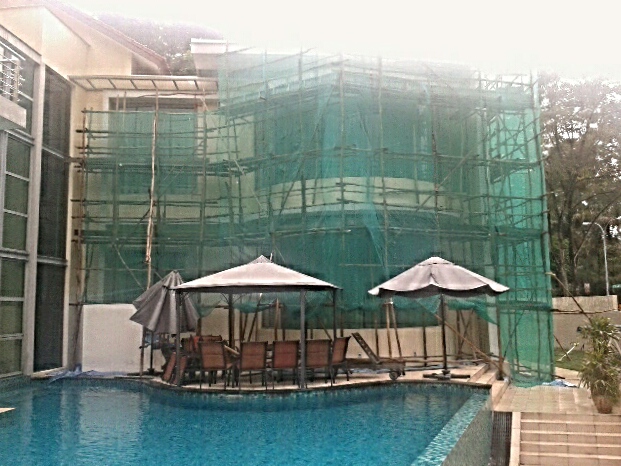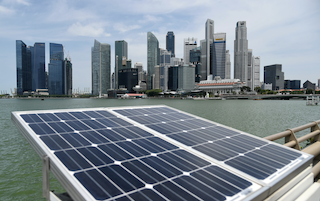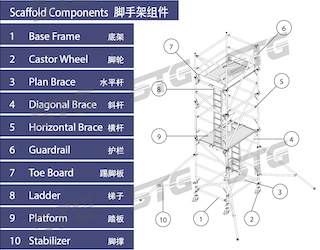Scaffolding plays a crucial role in construction projects, providing a safe and stable platform for workers to perform their tasks at various heights. In this optimized article, we provide a comprehensive overview of different types of scaffolding and their applications. Understanding the various scaffold types available can help construction professionals make informed decisions to ensure optimal safety and efficiency on their projects.
Tube and Coupler Scaffolding
Tube and coupler scaffolding, also known as tubular scaffolding, is a versatile system that consists of steel tubes and couplers. It offers flexibility in terms of configuration and is suitable for complex structures and irregular shapes. Tube and coupler scaffolding is commonly used in large-scale construction projects where adaptability and stability are crucial.
Frame Scaffolding
Frame scaffolding, also called modular scaffolding, is a popular choice for its ease of assembly and versatility. It consists of prefabricated frames and cross braces that can be easily interconnected to create a stable working platform. Frame scaffolding is commonly used for low to medium-height projects, such as building maintenance, painting, and interior work.
System Scaffolding
System scaffolding, also known as modular or prefabricated scaffolding, is a highly efficient and standardized system. It utilizes pre-designed components, such as frames, braces, and platforms, that can be quickly assembled and disassembled. System scaffolding is widely used in industrial projects, power plants, and large-scale construction sites.
Suspended Scaffolding
Suspended scaffolding is a specialized type of scaffolding that is suspended from the roof or a structural overhead support. It is commonly used for tasks that require access to tall or inaccessible areas, such as exterior building maintenance, window cleaning, and façade work. Suspended scaffolding ensures safe and efficient access to vertical surfaces.
Mobile Scaffolding
Mobile scaffolding, also called rolling scaffolding or tower scaffolding, is designed for easy mobility. It features wheels or casters that allow for quick relocation without the need for disassembly. Mobile scaffolding is ideal for projects that require frequent repositioning, such as interior renovations, painting, or electrical work.
Cantilever Scaffolding
Cantilever scaffolding is utilized when it is not possible to erect scaffolding from the ground level due to obstacles or limited access. It employs horizontal beams that extend from the building structure, providing a working platform. Cantilever scaffolding is commonly used for projects involving high-rise buildings or situations where ground-level access is restricted.
Timber Scaffolding
This is the oldest type of scaffolding used since the beginning of civilisation. It is versatile and great for light duty works. However, it is suitable if you are doing hot works such as welding, need to reach more than 15m height or require the scaffold to be there for more than 9 months. Timbers need to be monitored closely for defects and infestation. The weather takes a toil on the structure as well. Timber scaffolding is widely used in Singapore.
Bamboo Scaffolding
Bamboo scaffolding is a form of scaffolding made of bamboo that is widely utilized throughout the world, particularly in Hong Kong. It is well-known for its strength, flexibility, and inventive potential, and it has shown to be a viable alternative to steel. Bamboo scaffolding is a temporary structure used to support people and goods when building or renovating the exteriors and interiors of buildings. Plastic fiber straps and bamboo shoots are joined together to make a sturdy and stable scaffold structure without screws in bamboo scaffolding. However in Singapore, bamboo scaffolding is not allowed.
Conclusion
Scaffolding is an essential component of construction projects, enabling workers to perform tasks safely and efficiently at various heights. Understanding the different types of scaffolding available and their applications is crucial for selecting the most suitable system for specific project requirements. Whether it’s tube and coupler scaffolding, frame scaffolding, system scaffolding, suspended scaffolding, mobile scaffolding, or cantilever scaffolding, each type serves unique purposes and offers distinct benefits. At Kim Sing Scaffolding, we provide a comprehensive range of scaffolding solutions tailored to meet the diverse needs of construction projects in Singapore, ensuring optimal safety, stability, and efficiency.






